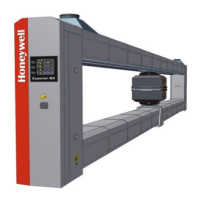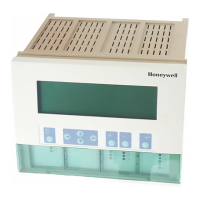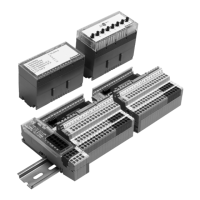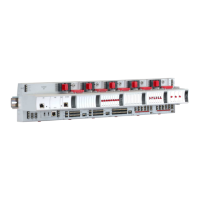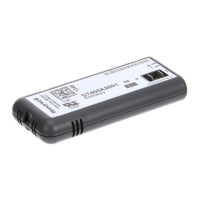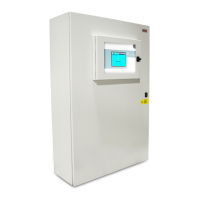Dealing with compound events: consequential alarms or other multiple alarm
situations
Alarms are generally configured to notify operators that action is required in an otherwise
normal or quiescent process. However, equipment failure or process upsets can lead to many
more alarms than the operator can react to, while only a few of those alarms (for example,
“compressor trip”) indicate what the operator’s main focus should be.
Controller logic can be configured to deal with such situations, but this involves extra
engineering costs, and has long-term maintenance risks.
DAS is specifically designed to handle this problem in a clear, documented way. It is similar
to “contact cutout” in TPS in that it operates independently of other alarm suppression
mechanisms, such as disable and journal-only, which may be manipulated by ACM or by
sequences. But it is superior to contact cutout in its flexibility; and it is superior to both contact
cutout and controller logic in operator presentation, logging, and documentation. In most
cases, DAS can replace the controller logic which may have been configured to meet this
need. However, it is recommended that DAS strategies remain simple and straightforward. In
more complex cases, controller logic may be used together with DAS to provide the optimal
solution. For instance, controller side suppression logic may be useful where sequence of
events is deemed important and there is a delay between the reading of the value and alarm
generation, as sometimes happens with some server-generated SCADA alarms.
Dealing with alarms resulting from other factors
No matter how much engineering goes into the alarm system, there will always be the
potential for alarms that, for a short period of time, are not relevant to an operator, and that the
operator would therefore like to hide from the primary alarm summary. Such alarms could be
due to a range of factors such as those outlined above, and might relate to alarm situations that
have not been completely addressed by the alarm design process. Or they could arise in
situations where the operator has taken appropriate action, and the process is recovering, but
alarms are not expected to return to normal for some time.
Experion alarm shelving is designed to handle these cases directly, by allowing the operator
to shelve alarms (that is, temporarily place selected alarms on the “alarm shelf” off the main
display), but allowing these alarms to be quickly and easily called up for reference and
crosschecking.
Dynamic Alarm Suppression
Dynamic Alarm Suppression (DAS) is an Experion license option that provides an automated
way of temporarily removing alarms from the default (unfiltered) view of the Alarm
Summary. Alarms are removed in accordance with a set of rules that you configure.
By temporarily removing specific alarms from the Alarm Summary when pre-configured
conditions are met, DAS helps operators to focus on the issue at hand or on other more
critical conditions in the plant.
Alarms and events
Honeywell 2017 88
